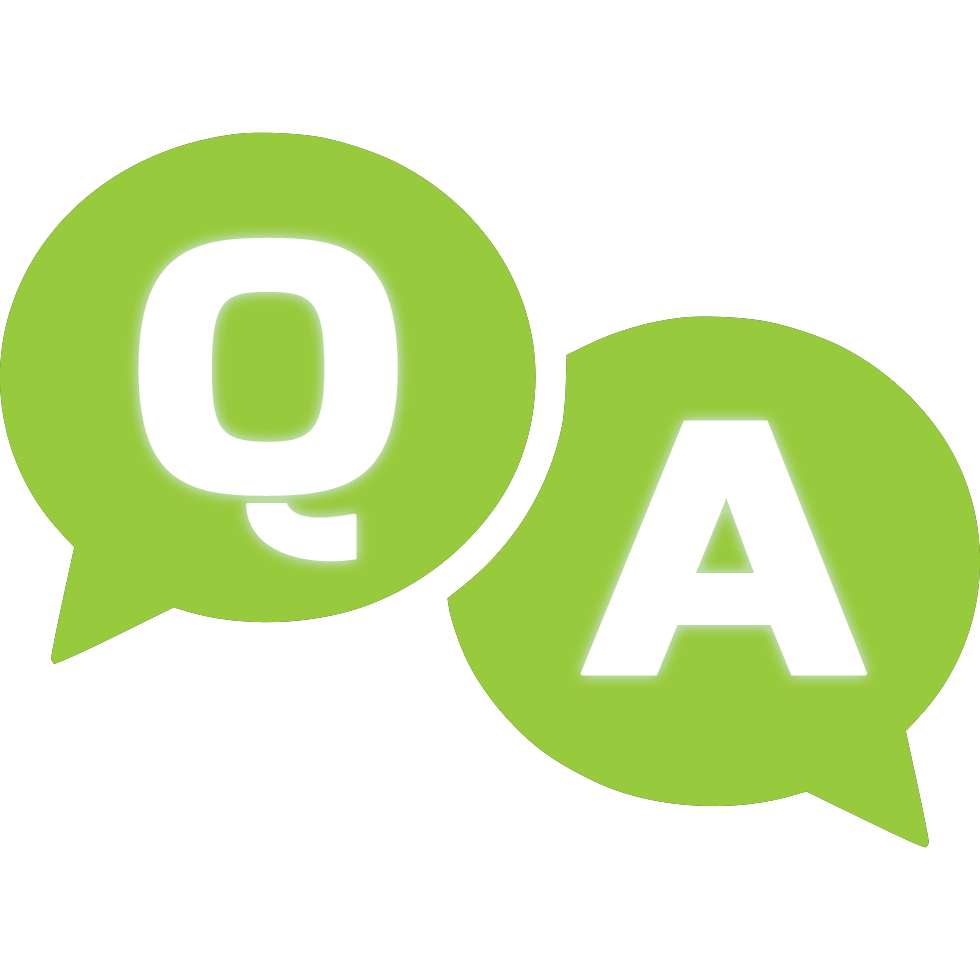
I have a question regarding the zakat due on a coin collection according to the Hanafi fiqh, I have a coin collection with coins from different eras old and relatively new, some coins are still legal tender in their countries, they have silver, copper and some gold content.
My dilemma is calculating the value of this collection as there are three different values connected with each coin
1) The face value i.e. one dollar, or half dollar (50 cents) as these are legal tender.
2) The market value i.e. some one dollar coins are worth more than $20 in the collector market. Though they are legal tender no one uses them due to their rarity and collector value.
3) The melt value i.e. these coins have metals like silver, copper and gold in different percentages the value of which is set by the metal exchange dynamically throughout the day. A $1 coin can be worth all the way from 19 cents to $10 or more due to its precious metal content or lack thereof (mostly silver).
So a $1 coin can have a market value of $20 and a melt value of 19 cents or a $1 coin can have a market value of $7 and a melt value of $10 on a given day.
some coins are very old (800 – 900 years old) and seem to have precious metal content but it is impossible to tell if the weight is due to lead content or a precious metal. I am unaware of any procedure that can identify and then assess the metal content in these coins without destroying them (melting etc). These are not legal tender but have a vague and approximate market value and as is with any thing metal or its alloy would have a melt value. What will be the correct procedure to calculate the value of this collection.

Bismillahi Ta’ala
Walaikum Assalam Warahmatullah
A coin being legal tender or not a legal tender should not make any difference. The factor for our concern will be whether its a circulating coin or not. Merely being a legal tender does not make some coin into a currency. Hence such a collector’s coin is not real currency per se.
So now, this would mean, such coins will be rendered as fuloos (loose change) or simply put.. goods like any other. This means we need to stop looking at their face value of legal tender and start looking at their worth.
Also, These coins are alloys of different metals. So, we need to start looking at these compositions. After this little bit of background.. lets answer the question.
IF the coin is in circulation then,
IF it has No-Gold or No-Silver content then
- value it at its face value; zakatable : [hypothetical] a royal brass quarter which is in circulation, will remain just a quarter even if its melting value is $2.] Hence you will use this value to ascertain your zakat.
IF it Has Gold or Silver content then, [such that it is significant enough to be advertised by Canadian Mint etc.]
- zakatable : assess the value of gold content value in it, or the silver content value in it (or both). E.g. If the coin is 40% gold and 60% silver, then get it valued for gold content and silver content value. Use that value amount for you zakat purpose.
IF the coin is NOT in circulation then,
IF it has No-Gold or No-Silver content then
- value it as metals, not zakatable.
IF it Has Gold or Silver content then,
- zakatable : value the gold content value in it, or the silver content value in it (or both).
IF the coin is a collectors item [ which may not be in regular circulation then, even though it may be a legal tender; or just a commemorative item ]
IF it has No-Gold or No-Silver content then
- value it as metals, not zakatable.
IF it Has Gold or Silver content then,
- zakatable : value the gold content value in it, or the silver content value in it (or both).
[You will disregard the fact that they may have other precious metal like nikel, brass, etc.. they are all non-zakatable]
Wallahu A’lam
And Allah Ta’āla Knows Best
Mufti Faisal al-Mahmudi
